Boom Cylinder For Yanmar SV08-1A
Üheks hüdrosilindrite tootjaks, tarnijaks ja mehaaniliste toodete eksportijaks pakume hüdrosilindreid ja paljusid teisi tooteid.
Palun võtke meiega ühendust üksikasjade saamiseks.
Post:sales@hydraulic-cylinders.net
Tootja tarnija eksportija hüdrosilindrid.
Boom Cylinder For Yanmar SV08-1A
Product Overview
The Boom Cylinder for Yanmar SV08-1A is a specialized hydraulic cylinder designed to control the movement of the boom section of machinery, particularly in excavators and other heavy equipment. This hydraulic cylinder is crucial for various operations, allowing for lifting, lowering, and tilting of the boom, which enhances material handling tasks.
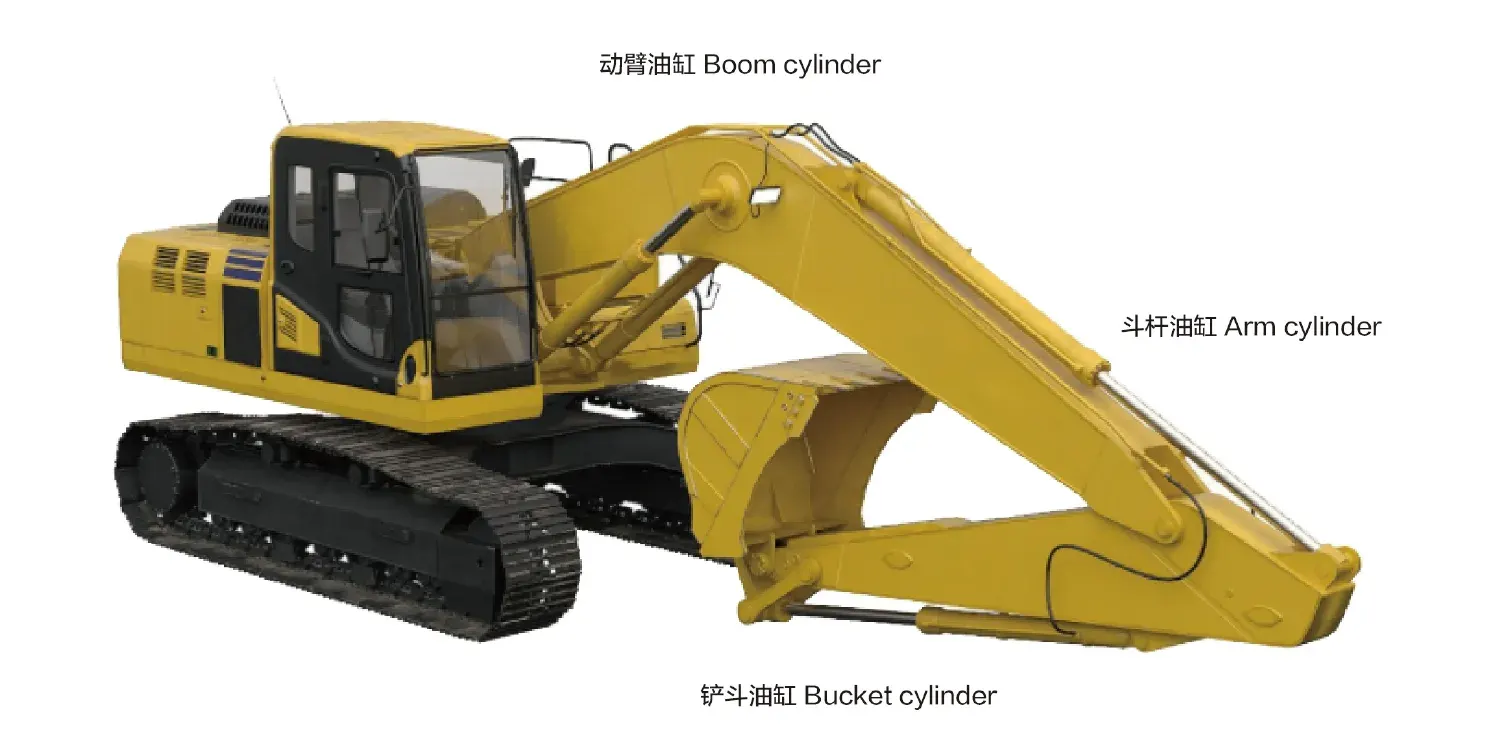
Definition of Bucket Cylinder
A bucket cylinder is a type of hydraulic cylinder specifically constructed to manage the movement of buckets in heavy machinery such as excavators, backhoes, and front loaders. Its primary function is to facilitate lifting, lowering, and tilting motions, which are essential for efficient material loading and transportation. These cylinders play a vital role in hydraulic systems, where they utilize hydraulic fluid pressure to create the necessary force to perform heavy lifting tasks.
Features of the Boom Cylinder
- High Strength and Durability: Manufactured from high-strength steel or aluminum, these cylinders are engineered to withstand high pressures and heavy loads, making them suitable for harsh working environments.
- Efficient Hydraulic Operation: The cylinder operates smoothly through the hydraulic oil’s pressure, allowing for quick response to control commands while providing powerful push and pull capabilities ideal for handling heavy and complex tasks.
- Variety of Types: Available in single-acting (operating in one direction) and double-acting (operating in both directions) configurations, with some telescopic models offering greater extension without increasing external dimensions, perfect for space-constrained applications.
- Custom Manufacturing: Our products can perfectly replace these hydraulic cylinders, ensuring compatibility and performance in your machinery.
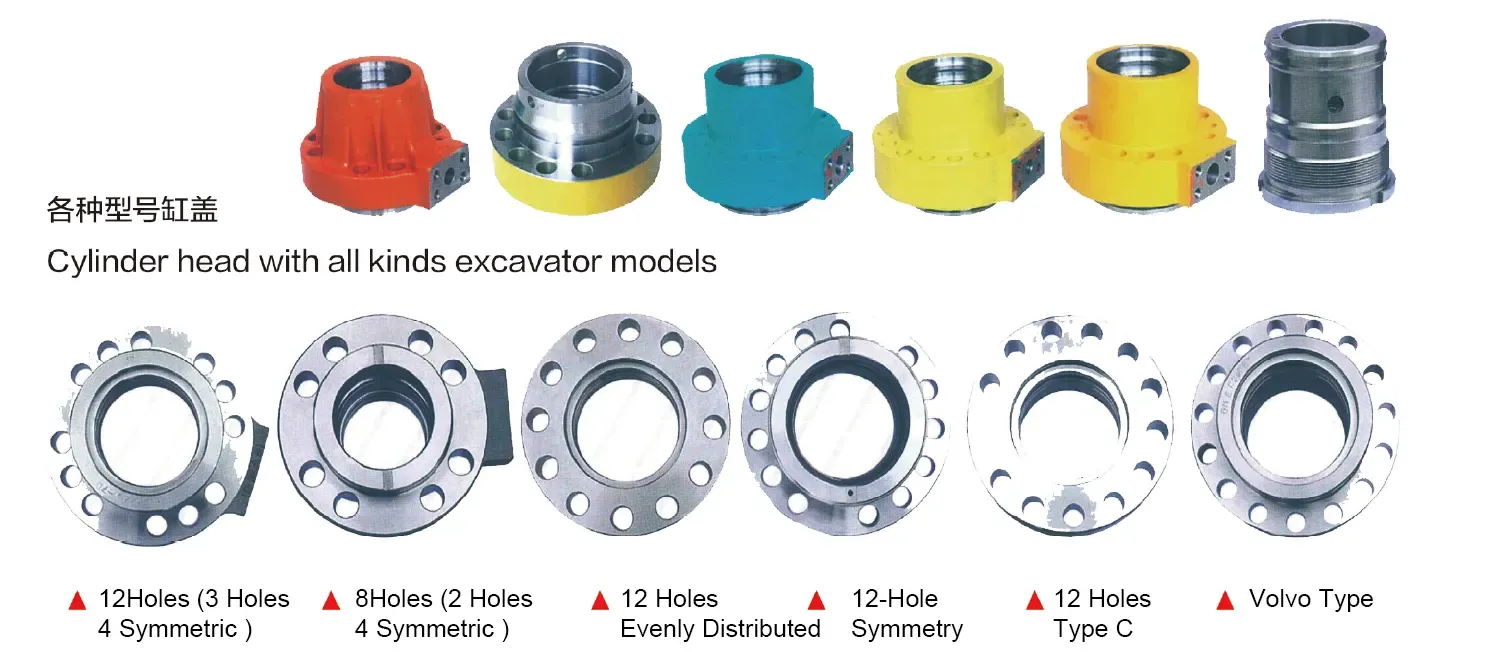
Applications of the Boom Cylinder
Construction Equipment
In excavators, the boom cylinder is integral for digging, loading, and relocating soil or debris. Its design allows for precise control, enabling operators to perform tasks efficiently and safely. In backhoe loaders, the boom cylinder enhances both digging capabilities and lifting functions, making it a versatile tool on construction sites.
Agricultural Machinery
Used in front-end loaders, boom cylinders are essential for scooping, lifting, and transporting soil, hay, and other materials. They streamline agricultural operations by allowing for quick loading and unloading, making them indispensable in farming activities.
Excavators
The boom cylinder in excavators facilitates digging actions by allowing the bucket to penetrate the soil effectively. Its robust design ensures that it can handle the stresses of digging operations, thereby improving productivity in any excavation project.
Loaders
In front loaders, boom cylinders assist in lifting and dumping loads efficiently. Their ability to manage heavy weights safely and effectively makes them a crucial component in material handling operations.
Design Considerations and Selection Criteria
Load Capacity
The load capacity of a boom cylinder is essential for ensuring it can handle the intended weight without risk of failure. Selecting a cylinder with an appropriate load rating is critical to maintain safety and efficiency during operations. This involves assessing the weight of materials being handled and understanding the working conditions.
Sealing Mechanisms
Sealing is vital for preventing hydraulic fluid leaks and maintaining system pressure. A high-quality sealing system made from materials like polyurethane or nitrile rubber can ensure longevity and performance. Proper sealing helps maintain the efficiency of hydraulic operations, reducing maintenance costs and downtime.
Durability
Durability is a key factor as the boom cylinder operates under extreme conditions. It should be constructed to resist wear and corrosion, ensuring it can withstand repetitive heavy-duty tasks without degrading. Attention to detail in material selection and manufacturing processes contributes significantly to the overall lifespan of the cylinder.
Safety Features
Incorporating safety features in the design of hydraulic cylinders is essential. This includes overload protection systems that prevent the cylinder from operating beyond its limits, as well as safety valves that can release pressure in the event of a malfunction. These features are critical for ensuring operator safety and preventing equipment damage.
Maintenance Considerations
Ease of maintenance is another important design consideration. A well-designed boom cylinder should allow for easy access to all components for inspection and repairs. Regular maintenance checks can help identify potential issues before they become serious problems, ensuring reliable operation over time.

Sealing and Lubrication
The effectiveness of a hydraulic system heavily relies on its sealing and lubrication. Various seals, such as piston seals and rod seals, are used to ensure that hydraulic fluid does not leak. Choosing durable materials for seals, like polyurethane, helps enhance wear resistance. The cylinder body and threaded ends should undergo fine machining to improve durability. Regularly adding the appropriate amount of hydraulic fluid for lubrication is necessary to maintain performance and prevent wear on moving parts.
Regular Inspection and Preventive Maintenance
- Routine Checks: Conducting regular inspections helps identify wear and tear early. Look for signs of leaks and check the overall integrity of the cylinder.
- Proper Lubrication: Regularly lubricate the cylinder to ensure smooth operation and prevent friction-related wear.
- Seal Replacement: Replace seals when signs of damage or wear are evident to maintain hydraulic pressure and prevent leaks.
Installation Guidelines
Proper installation of the boom cylinder is crucial for optimal performance. Ensure that the cylinder is correctly aligned with the mounting points to avoid undue stress on the components. Use appropriate mounting brackets to secure the cylinder in place, preventing movement during operation. It’s essential to follow the manufacturer’s specifications for torque values when securing bolts to ensure that all components are tightly fastened. After installation, perform a thorough inspection to ensure that all connections are secure and that there are no leaks in the hydraulic system.
Common Maintenance Tasks
- Regular Inspections: Conduct visual inspections to check for leaks, wear, and proper operation. This task helps in identifying potential issues before they escalate.
- Appropriate Lubrication: Regular lubrication is crucial to maintain the functionality of the cylinder. Ensure that you use the recommended hydraulic oil and maintain the correct levels.
- Seal Replacement and Calibration: Regularly check seals for wear and replace them as necessary. Calibration checks ensure that the cylinder operates accurately and efficiently, preventing operational issues.
Safety Considerations and Environmental Factors
When utilizing hydraulic cylinders, safety measures are paramount. Operators should wear appropriate protective gear and adhere to safety protocols to minimize the risk of accidents. Environmental factors, such as exposure to extreme temperatures or corrosive materials, should also be considered when selecting hydraulic cylinders to ensure they withstand operational conditions without failure.
Troubleshooting and Common Issues
Identifying faults in hydraulic systems can be challenging. Common issues include leaks, sluggish operation, and excessive noise. Each problem can often be traced back to wear and tear on seals or improper lubrication. Regular maintenance can help prevent these issues before they become significant problems.
Fault Handling Tips
To effectively diagnose and resolve issues, always begin with a thorough inspection of the hydraulic system. Check for leaks first, as they are often the simplest problem to fix. Ensure that all components are adequately lubricated and that the seals are in good condition. Preventive measures, such as routine maintenance and inspections, can significantly reduce the likelihood of encountering severe issues in the future.
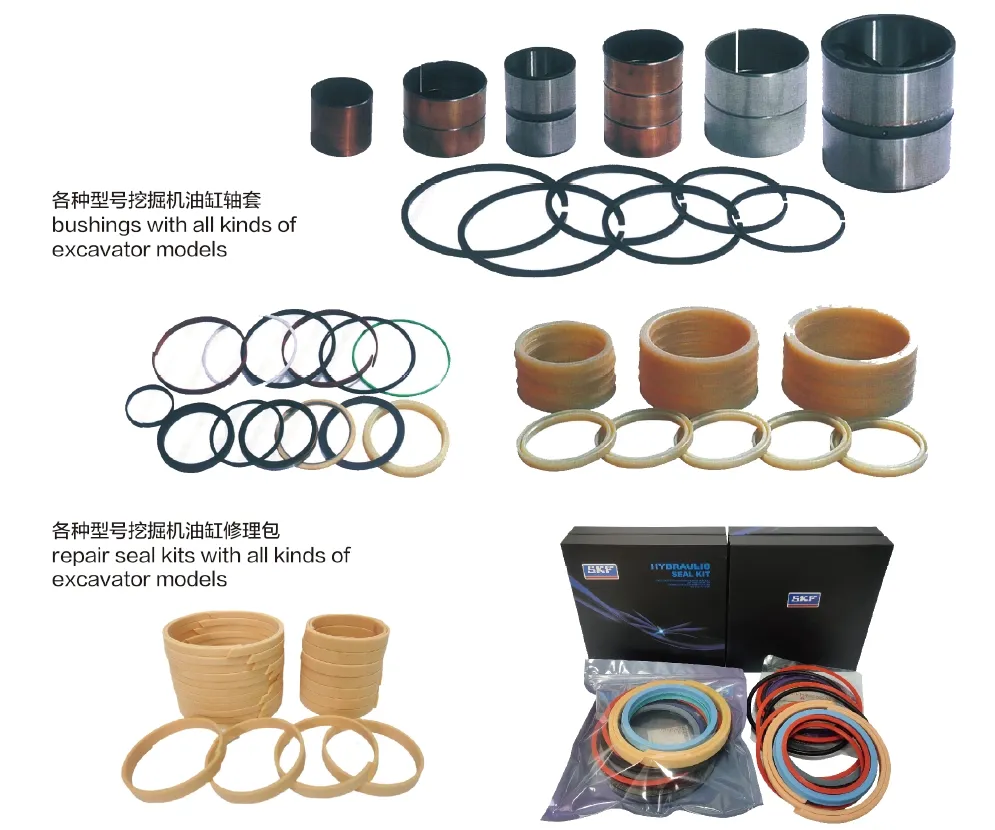
Company Overview
We are a leading manufacturer of replacement hydraulic cylinders, recognized in both domestic and international markets. Our extensive product range has established us as one of the top manufacturers and wholesalers of hydraulic cylinders. We adhere to excellence and leverage refined manufacturing strategies, including high-end digital equipment and specialized testing systems, to enhance our production capabilities. Our commitment to quality is reflected in our efficient, precise, and high-quality production processes, catering to diverse customer needs.
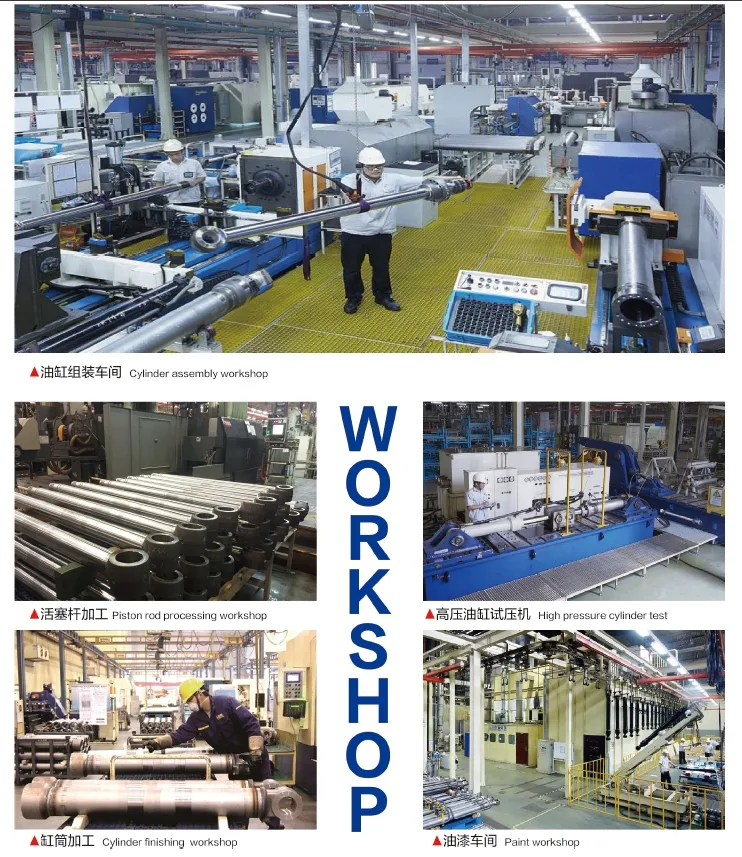
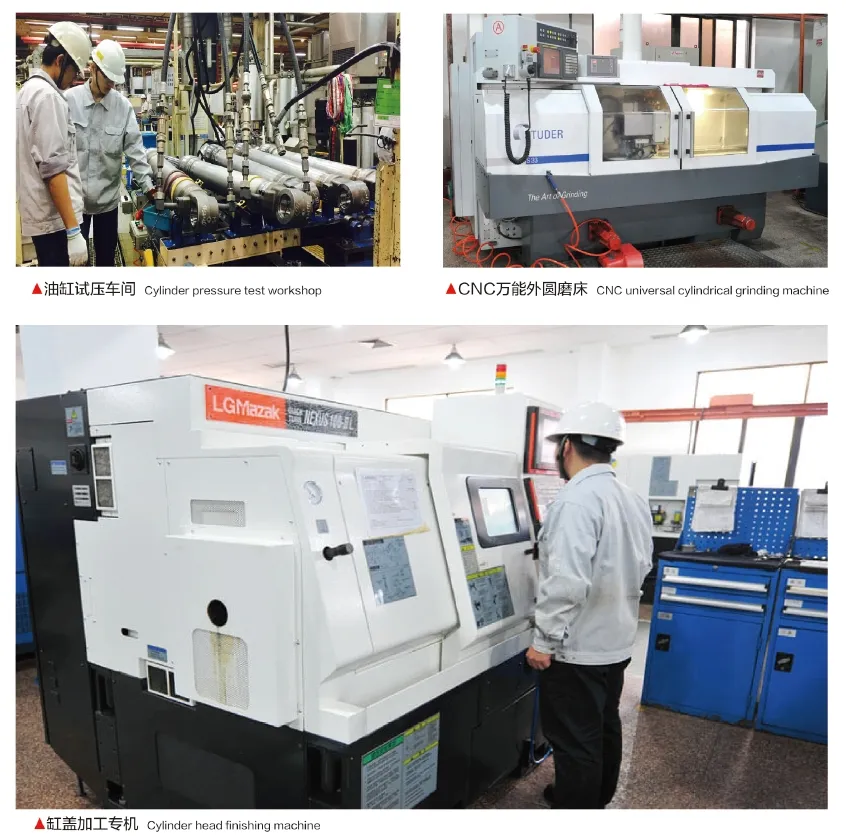
Conclusion
Our expertise in hydraulic cylinder manufacturing ensures that we provide products that meet rigorous quality standards while offering customized solutions tailored to our clients’ needs. With a focus on professional service, international certification, and comprehensive after-sales support, our company stands out as a reliable partner in the hydraulic cylinder industry.
Author: lyl
Tehke ekskursioon meie VR-tehases:
Tehke ekskursioon meie VR-tehases koos järgmisega
Hüdrosilindri kasutamine:


